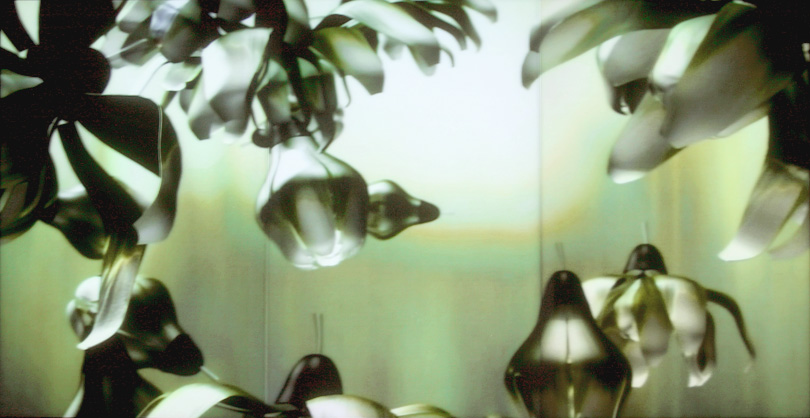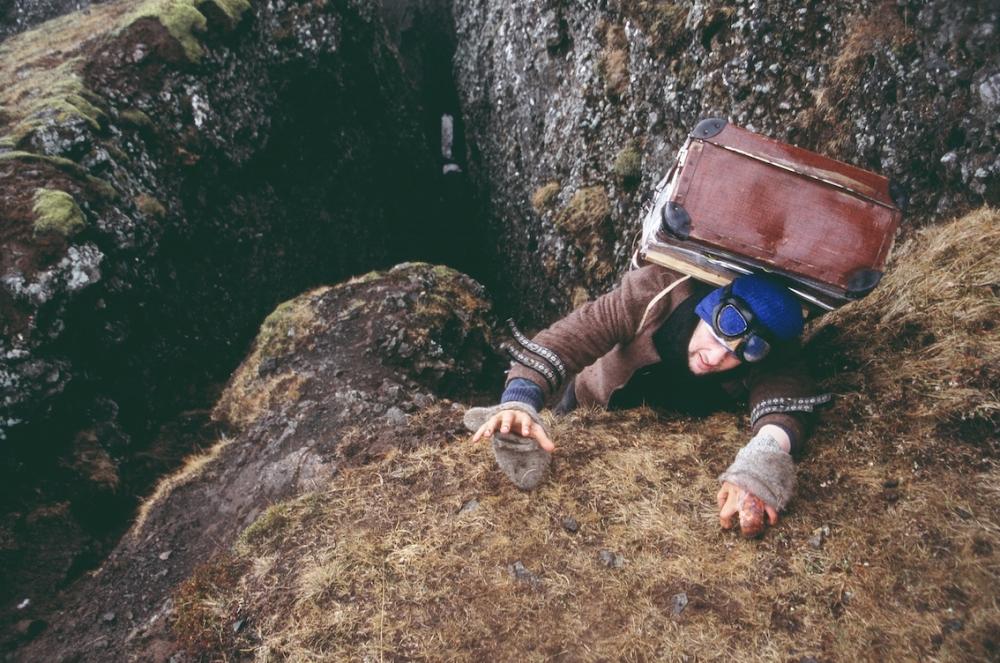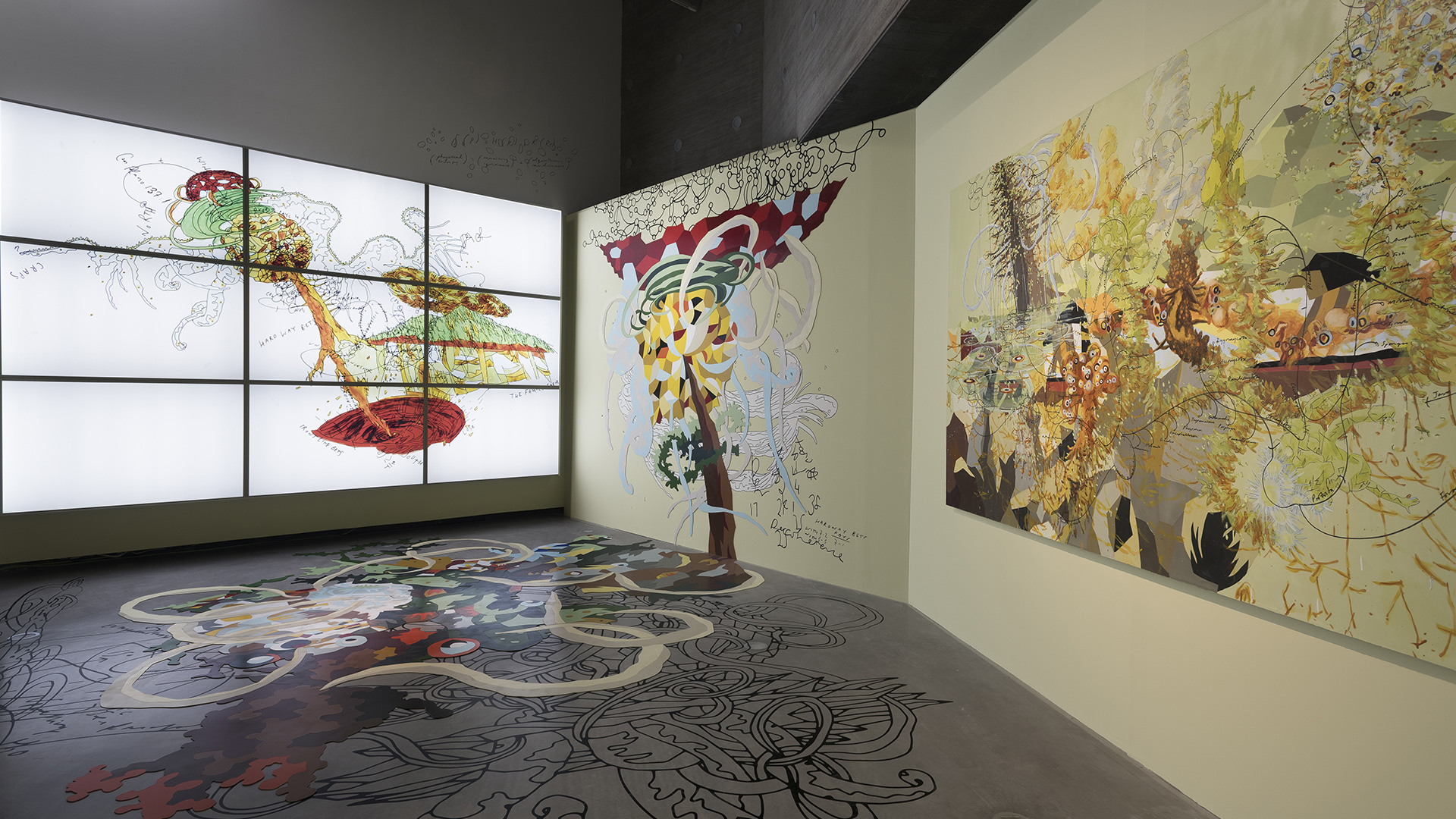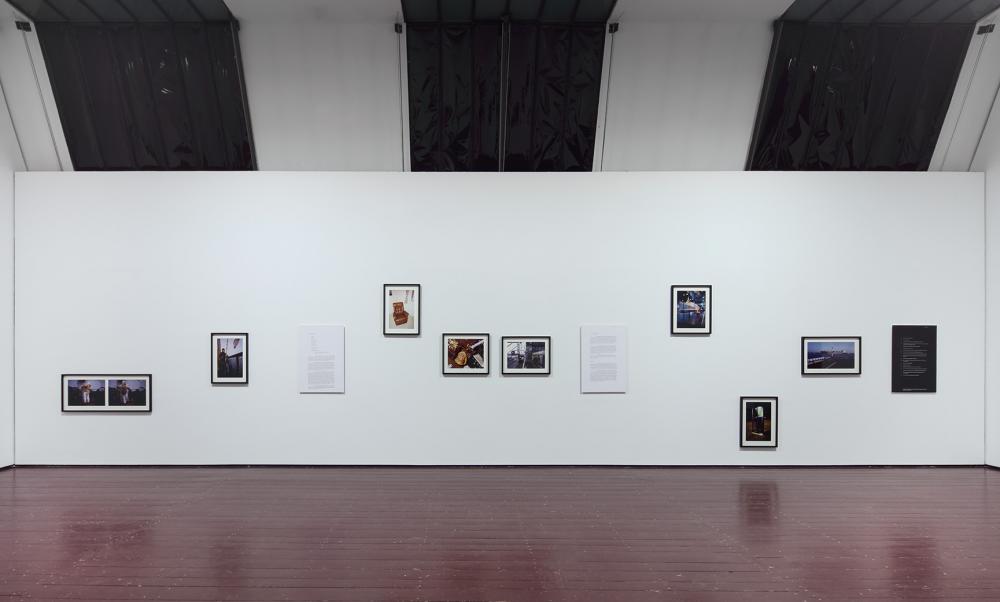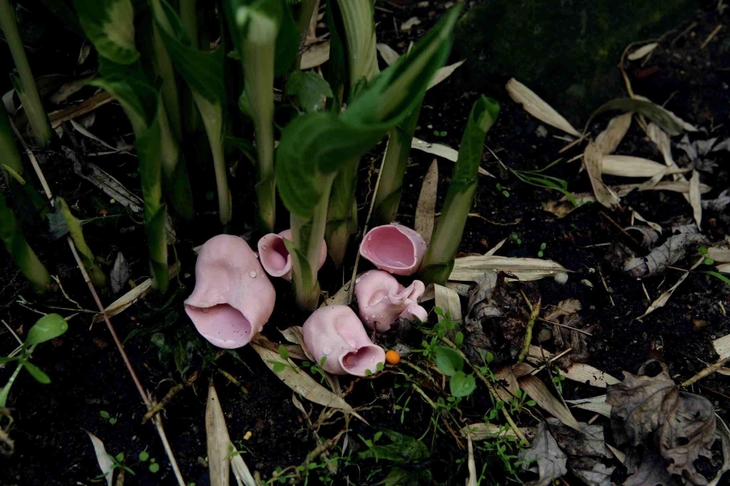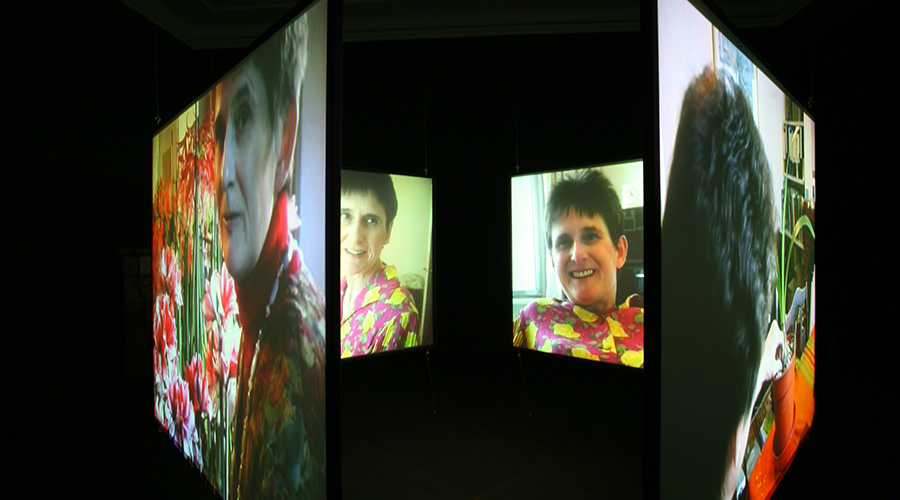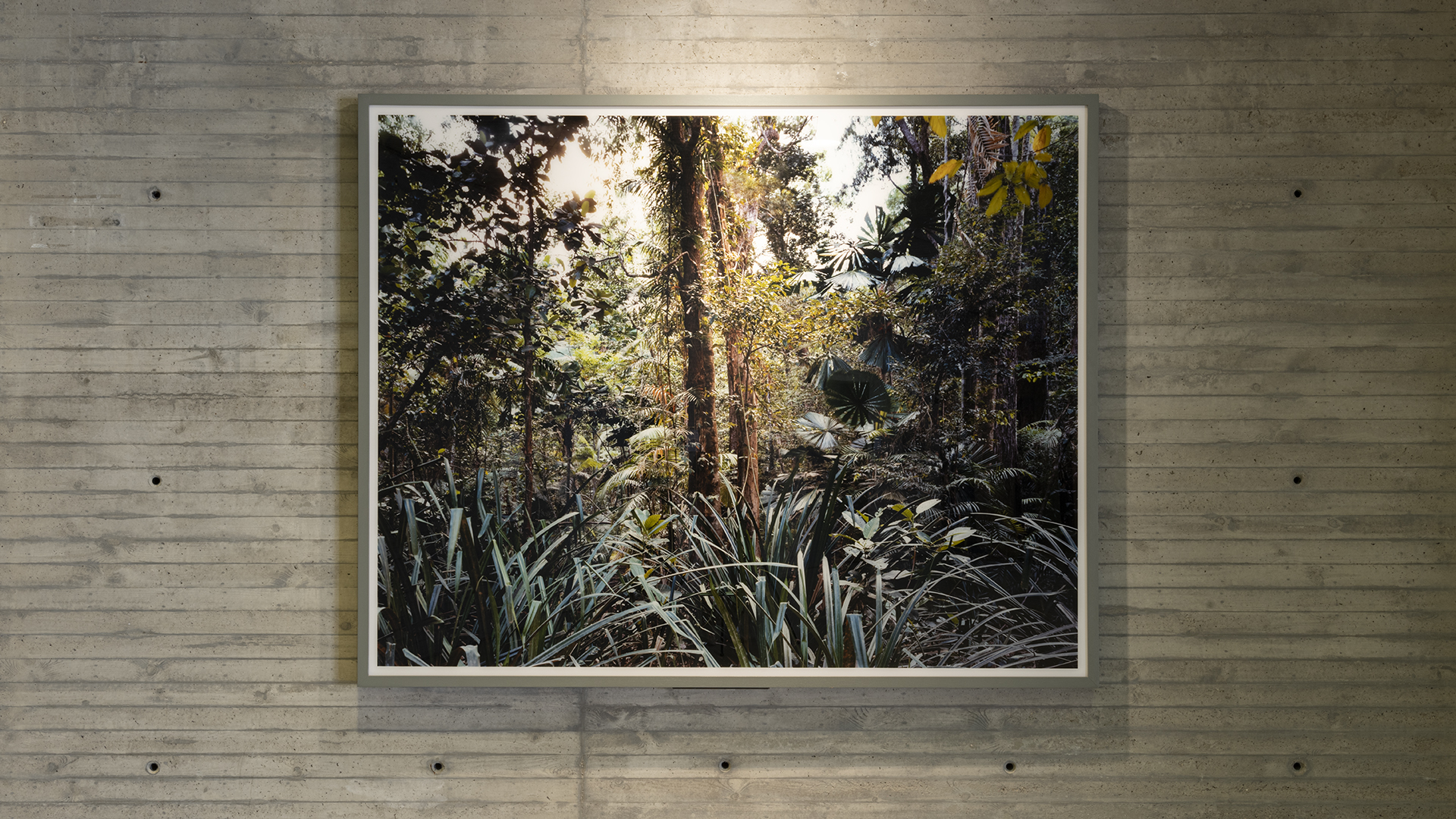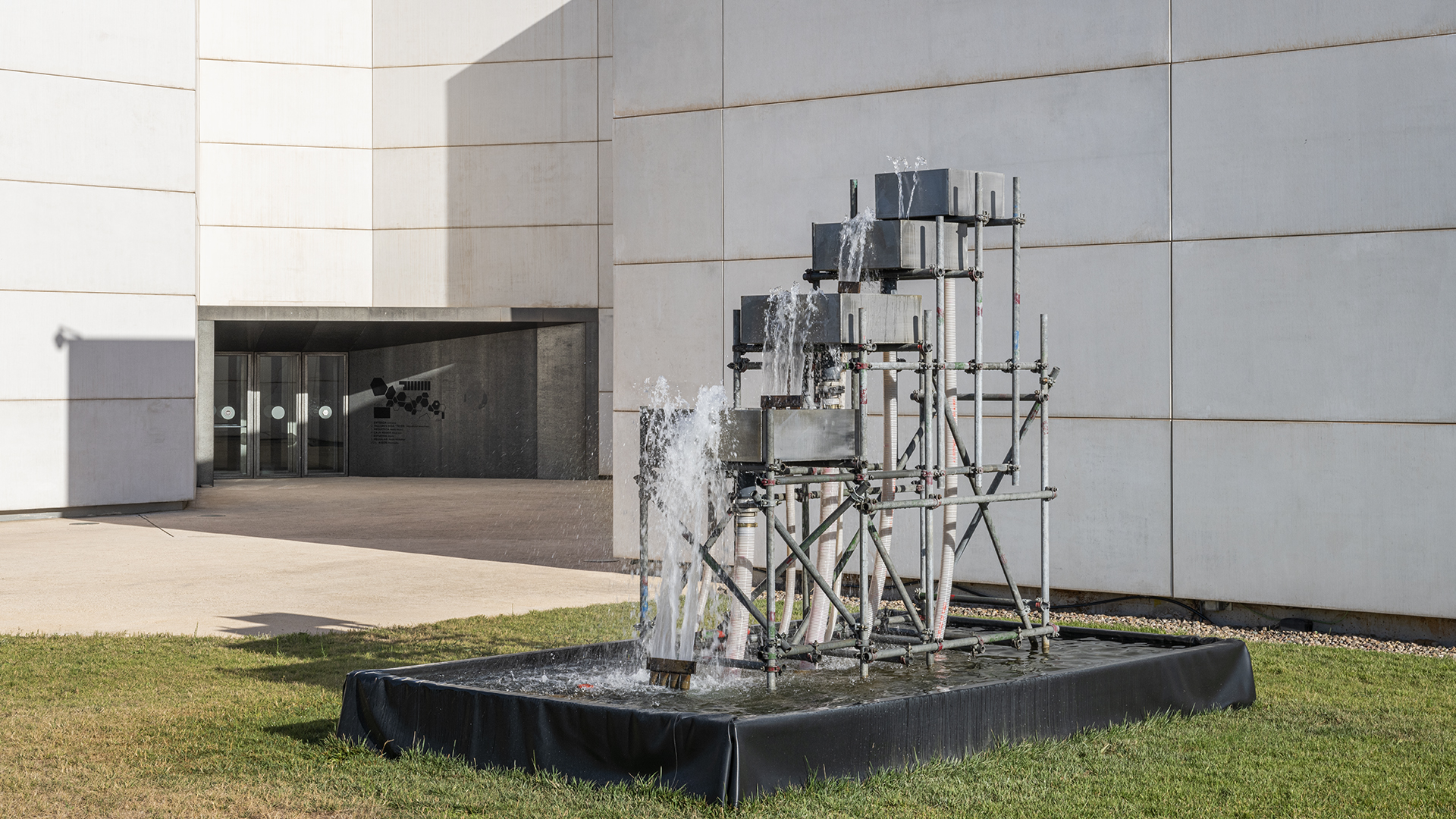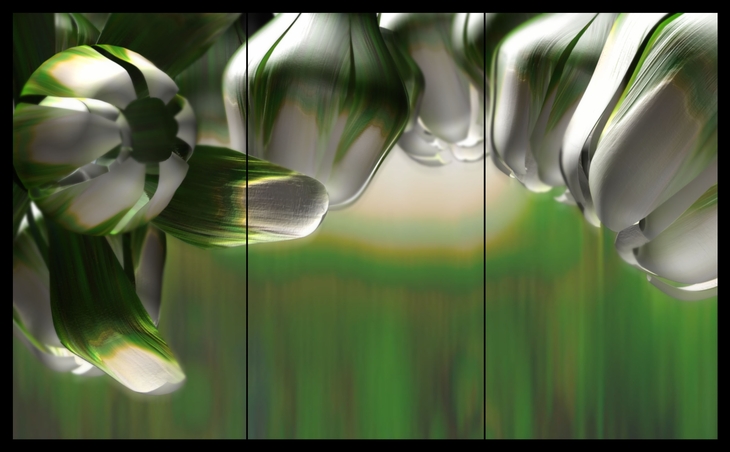In Nature Attitude the broad thematic of nature and landscape is subject to artistic reflection. While “nature” refers to both real and fictional environments, “attitudes” relates to constructed images and to artifice. With this in mind, the exhibition explores nature as a site, an object of perception and a symptom of fascination, while acknowledging that it is also a culturally produced concept coded in a specific time and space. Today the notion of constructed nature penetrates into evermore domains of life. With the ongoing destruction of nature, the emulation and reconstruction of the very nature that has been disturbed becomes a new terrain of investigation. Haluk Akakce, Kutlug Ataman, John Bock, Olafur Eliasson, Marine Hugonnier, Mariele Neudecker, Olaf Nicolai, Matthew Ritchie, Allan Sekula, Diana Thater and Janaina Tschäpe transgress or break with the conventions of the local, regional view of nature to demonstrate means by which contemporary art engages with and builds upon complex issues of representation.
Merging artificiality and nature, technology and a lingering beauty, Olafur Eliasson’s waterfall functions as a miracle of science, and at the same time a peaceful and meditative moment in nature—albeit one wholly engineered by the artist. To create the Reversed Waterfall (1998) Eliasson rigs together a system of pumps and plateaus that reverse the flow of the water and send it spurting and spilling upstream. The presentation or imitation of natural phenomena as art, while openly revealing the technique used to recreate it, is one of the main features of Eliasson’s work. In Room for one color (1997) we actually only see one color. The room is illuminated by yellow monofrequency light. In contrast to ordinary white light containing the full color spectrum, it consists of a single wavelength at the yellow end of the spectrum. The room appears colorless because the light reduces all the other colours to a scale comprised of yellow. On the other hand, everything stands out with crystal sharpness because there is far less information than usual for the eye to process. After a while, the eye compensates for this deficiency by generating an excess of the missing primaries of red and blue – which together yield violet. So when we move on into the adjacent space we begin by seeing everything as imbued with violet.
Skipholt, 2005, (“sheep hill”) is a kaleidoscopic expedition through the Icelandic landscape. John Bock sets off to explore the island with an eclectic assortment of equipment, climbs snow-capped hills, falls and hurts himself several times, struggles to survive, gets lost in an ice storm, and eventually dies. The film incorporates the classic ideals of legendary explorers and adventure films—challenge, sacrifice, resilience, hope, and the fear of shipwreck—which develop into a balancing act between scientific seriousness, madness and slapstick, all of which Bock performs while operating his instruments.
Kutlug Ataman’s The 4 Seasons of Veronica Read (2002), his parody of a gardening program presents an English woman explaining her love of flower bulbs over the course of a year. With more than 900 Hippeastrum bulbs in her two-bedroom house, Read’s obsession with these flowers is all-consuming. While masquerading as a documentary about the Hippeastrum flower, and chronicling the tiniest details of interest only to horticultural obsessives, Ataman’s work is in fact a portrait of a woman entirely devoted to the care of these bulbs—bulbs which contain only the hope of a flower, but nothing else.
Haluk Akakçe presents surreal technological landscapes that illustrate a new relationship between man and nature. Accompanied by an enigmatic sound score, the projected images of Illuison of the First Time (2002)—the skeleton (pure), light (soul), and flesh (body)—create a symphony of form and shadow, stillness and movement, organic and digital, suggestive of an organic evolution in a cybergarden of Eden.
Diana Thater’s colorful, complex video installations investigate nature as a fluid concept, a
construct against which to locate our own identities. Continuous Only (2005) is constructed with footage shot in the Panamanian rainforest. She used one of two 300-foot cranes that is permanently installed in the rainforest for use by scientists of the Smithsonian Tropical Research Institute. From the basket on the arm of the crane, Thater filmed the canopy and its inhabitants.
In Matthew Ritchie’s work we experience nature in all its towering complexity. He is interested in the trace, the mark, the diagrammatic and inscriptual aspects of science. What begins as a game of perspective, disclosing the potential for variegated points of view (concurrently textual and pictorial) ultimately offers insight into the nature and culture of information. The Family Farm (2001) links his grandmothers’ childhood on an apple farm, subsequently displaced by the expansion of London’s Heathrow airport, with a history of the universe, scientific findings such as Newton’s De Principia and spatial renderings of quantum theories. It also includes references to the Celtic cult of the severed head, and to the fact that the coastline of Scotland was once connected to both Maine and Norway, before the break-up of Pangaea—the original super-continent.
Allan Sekula explores nature—specifically, the sea—as a social space. Fish Story (1994) continues a longstanding investigation of what he calls “the imaginary and material geographies of the advanced capitalist world.” Sekula continues the historical artistic tradition of depicting harbors, ships and coastlines, demonstrating the history and future of maritime space not only in visual but also socio-economic terms.
Janaina Tschäpe works between the poetic and the bizarre. She composes visually arresting images, at once captivating and uncanny. Like some sort of Baudelarian flowers of evil, the plants emerge from the darkness, oddly iridescent in their exoticism. The photographs present an unfamiliar, artificial nature, which is why they seem alien, even a bit frightening perhaps. Tschäpe examines the peculiarity of flowers, and in doing so contrives to alter their symbolic function.
It is a Good Thing to Lose Control Sometimes (2000) is one of Mariele Neudecker’s atmospheric representations of landscapes within glass vitrines, translating dramatic mountain scenes into three-dimensional miniature models. The watery, milky and colorful solutions in the tank transform the hazy atmospheres into chemical reaction and lure us in to see beyond the obvious illusion. At the same time our imagination is caught like the landscape is captured in the tank.
In her works Marine Hugonnier investigates how representation constructs different ideas of landscape and history, “how landscape is a social construct; how it shapes and informs history, how it influences the course of events.” Recorded in Afghanistan during 2002, Ariana (2003)—also the name of the run-down national airline of Afghanistan—, details a western film crew’s journey to the Pandjshar Valley and to the capital Kabul.
Olaf Nicolai proclaims a nature event—the so-called „Tears of St. Lawrence,“ a rain of falling stars —as an exhibition contribution. The scientific notation coordinates and dates for the observation were announced on posters, which were distributed in town as contribution to the 51st Biennale di Venezia. Welcome to the Tears of St. Lawrence – An Appointment to Watch Falling Stars (2005) registers on many levels: ranging from mass media to the contemplation of art, from astronomy to the Biennale, from science to superstition, the universal to the individual. In creating a work of art that adroitly makes use of artistic events as an intermediating platform, Nicolai makes the concept of attending an exhibition at a particular place a relative one. The Perseides are a spectacle that, unlike exhibitions, would occur year after year with or without observers; however, the conscious observation of this meteoric extravaganza is determined by an intermediary presence, “for the sky alone does not always capture people’s attention”.



































